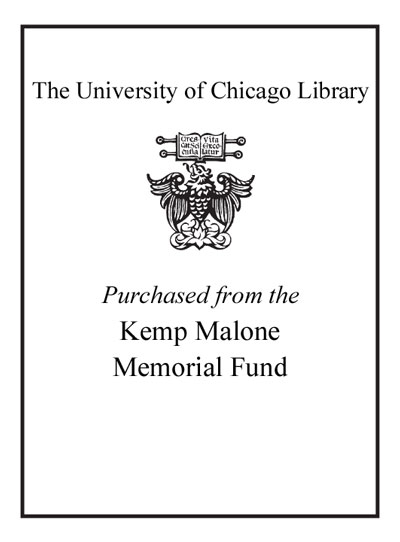| Summary: | "Matthew Sergi brings his experience as an actor and director, as well as a medievalist, to this revolutionary study of the Chester Mystery Plays specifically, and to medieval English drama more broadly. Using his extensive knowledge of applied theater, Sergi bridges the gap between text and performance through his identification of "practical cues" (as he coins the phrase) in the plays themselves that are verbal prompts for extra-verbal action. By placing close readings of the dialogues alongside stage directions and extant production records from the Chester archives, Sergi recovers details largely overlooked (or ignored) by previous scholars. He reconstructs a very different portrait of these Cestrian mise-en-scène and how they might've played out in the streets. What might at first seem like a solemn scene on paper, Sergi shows, coalesces in performance into a veritable street festival: a series of cued public practices, enacted in real time at street level, offering enjoyment, viewer participation, and meaning to both learned and unlearned spectators alike. Regardless of the plays' verbal or dramatic coherence, and unconcerned with the top-down political, religious, and economic approaches to understanding the plays that have dominated most recent scholarly interpretations, Sergi shows us a distinctly Cestrian way of enacting Bible stories: where dry scriptural, didactic, or devotional moments in the texts can quickly become a collaborative, immediate, accessible amusement, an inclusive, public spectacle that, as Sergi describes, is already built into the very fabric of the "practical cues" in the words of the plays themselves"--
|
|---|

